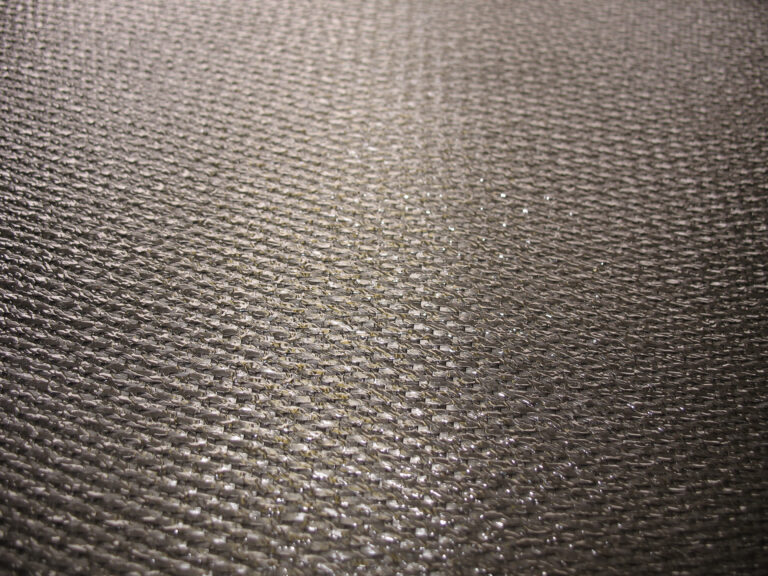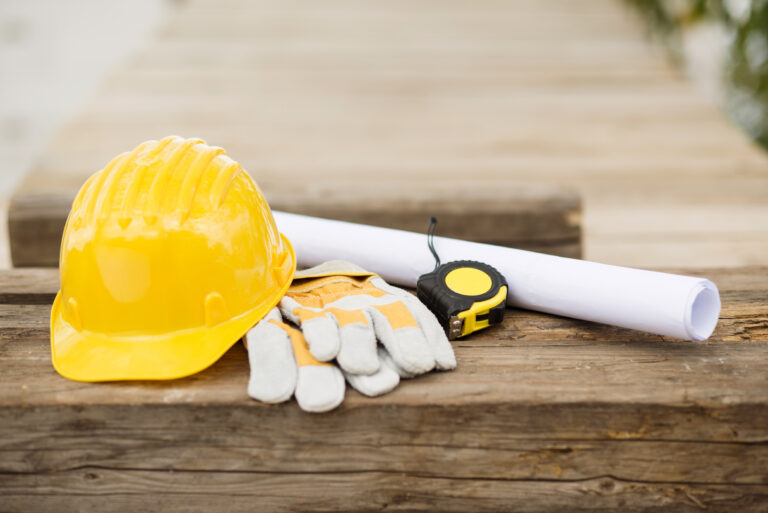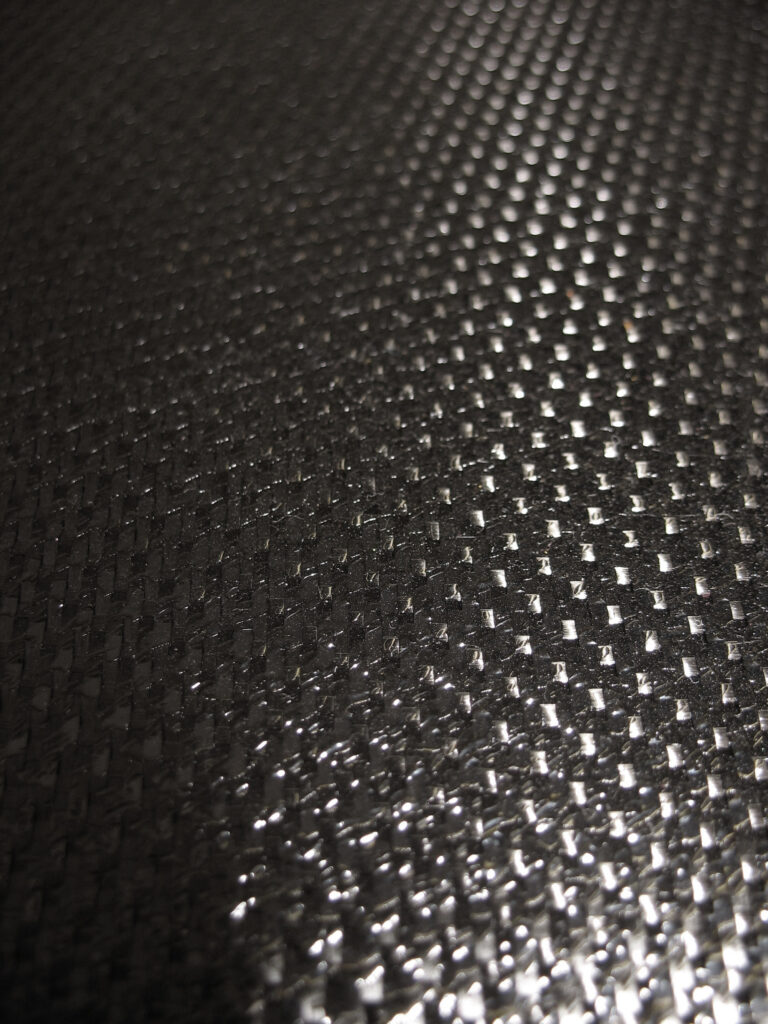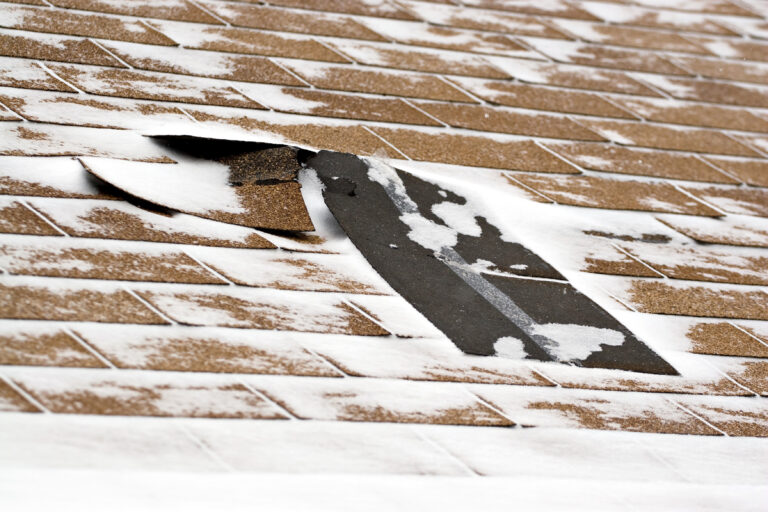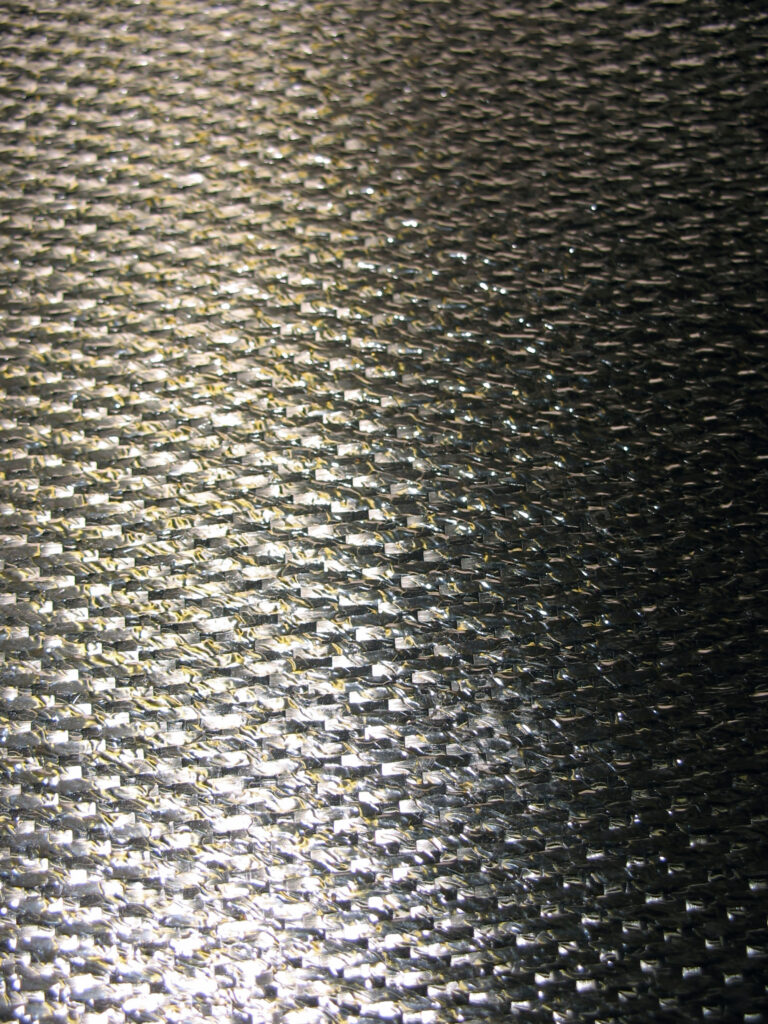The Hidden Dangers of Mold: How It Affects Your Health and What You Can Do About It
Mold is a common problem in many homes, but few people realize the serious health risks associated with exposure to this fungus. While mold may seem like just an unsightly nuisance, it can actually cause a wide range of health problems that are often difficult to diagnose. In this article, we’ll explore the hidden dangers of mold and what you can do to protect yourself and your family from its negative effects.
Introduction to Mold and Its Health Effects
Mold is a type of fungi that thrives in moist environments such as bathrooms, kitchens, basements, and attics. When exposed to water or high humidity levels, mold spores begin to grow and spread throughout the air. These spores can be inhaled by humans and animals, leading to a variety of health issues.

Signs and Symptoms of Mold Exposure
Many people who have been exposed to mold don’t even know they have a problem until symptoms start appearing. Common signs and symptoms of mold exposure include respiratory problems such as wheezing, coughing, and shortness of breath; skin irritation such as rashes or hives; headaches; fatigue; and difficulty concentrating. Some people may also experience more severe reactions such as asthma attacks, allergic reactions, and infections.
The Dangers of Long-Term Mold Exposure
While short-term exposure to mold can be unpleasant, long-term exposure can lead to much more serious health consequences. Studies have shown that prolonged exposure to mold can increase the risk of developing certain types of cancer, including lung cancer and leukemia. Additionally, exposure to mold has been linked to neurological disorders such as Parkinson’s disease and multiple sclerosis.
How to Identify and Remove Mold in Your Home
If you suspect there might be mold in your home, the first step is to identify where it is located. Look for areas of visible growth, musty odors, or water damage. Once you have identified the source of the mold, it’s important to remove it as soon as possible. This can involve cleaning affected surfaces with bleach or other antimicrobial agents, removing any damaged materials such as drywall or carpeting, and improving ventilation in the area.

Preventing Mold Growth in Your Home
The best way to prevent mold growth in your home is to control moisture levels. Make sure to fix any leaky pipes or roofs, use exhaust fans when cooking or showering, and keep indoor humidity levels below 60%. Also, make sure to regularly inspect areas prone to mold growth such as basements and attics, and take action immediately if you notice any signs of mold.
Conclusion: Taking Action Against Mold for Better Health
Exposure to mold can have serious health consequences, so it’s essential to take steps to protect yourself and your family. By identifying and removing mold in your home, controlling moisture levels, and taking appropriate precautions, you can reduce your risk of developing mold-related health problems. Don’t ignore the hidden dangers of mold – take action today!

